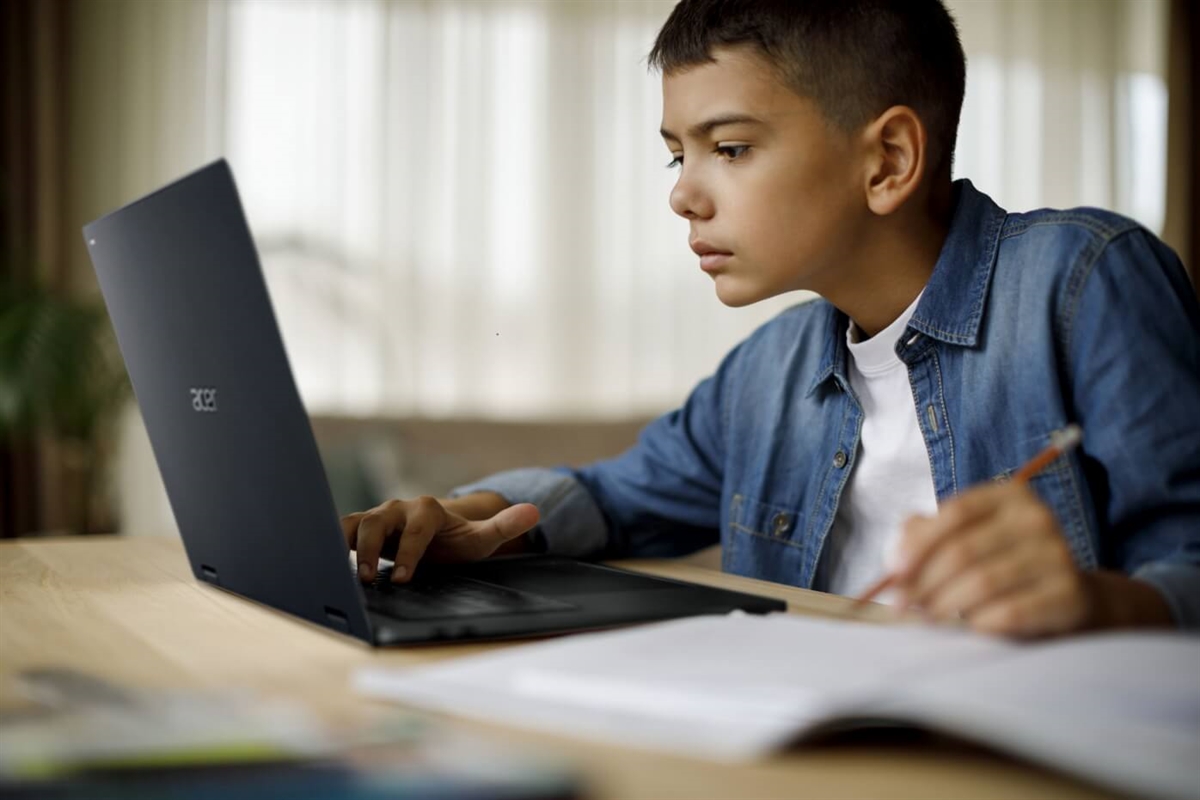What have we learned about online learning? UK and global evidence on the emergency remote education of school children during COVID-19
The COVID-19 pandemic has heavily impacted the K-12 (Kindergarten to 12th Grade – i.e., the years of state-funded education) education sector worldwide, with most schools and learners having to adapt to blended or fully remote (online) learning with limited preparation, resources and training.
Online learning switch. Global responses to the crisis varied but included increased use of video conferencing tools, online learning platforms and paper-based packages to support home learning. Technology applications and platforms that promote peer interaction and collaboration were shown to increase student engagement.
Digital divide. Increased reliance on digital technologies has highlighted systemic issues around access to devices and the internet and digital competencies. A study of families in England found that only around half of primary school students had access to a computer for learning, with 10% using a mobile phone or having no access to a device at all. In Scotland, 48.2% of primary school pupils had to share a device with someone else. Digital skills gaps were also identified in students, teachers and parents/carers.
Learning impact. While screen time increased for primary school children during lockdown, their total learning time decreased from 6.3 hours to 4.1 hours per day, with a bigger drop seen for secondary school students, from 6.59 to 4.15 hours, according to a large-scale survey in England.
Role of caregivers. Parents and carers played a crucial role in children’s education during school closures, both in supporting children with the use of new technologies and in helping to engage and motivate young learners. While the added burden may have negatively impacted parent and carer mental health and wellbeing, one survey revealed around a quarter of parents reported that their relationship with their children had improved, and another survey found that 53% of parents felt more engaged with their child’s learning than before lockdown.
Vulnerable groups. Limited evidence is available on how the pandemic has affected certain vulnerable populations, such as students with special education needs and disabilities (SEND) and those from lower socio-economic backgrounds. However, parents of students with SEND reported that their children were more likely to struggle with understanding tasks and sticking to a routine while learning at home.
Current picture (global). According to the COVID-19 Global Education Recovery Tracker, at least 51 countries have completely returned to in-person education, particularly within sub-Saharan Africa and the East Asian-Pacific region, but there are still more than 90 countries fully closed, or with students being taught via a range of hybrid learning modalities.
Current picture (UK). The UK authorities in Scotland, England, Northern Ireland and Wales issued guidance stating that schools should continue to provide a hybrid learning model, to allow continuity of learning between students learning in-person and anyone self-isolating.
Implications. The remote learning switch during COVID-19 could have a good implications for education policy in the future. Despite the numerous challenges identified, there are also opportunities to create a more flexible, inclusive and equitable education system.


